Pioneer RX3
Retail Price
$2499.00
Lowest Price
$1999.00
Release Date
November 9, 2021
The RX range from Pioneer has been one of the most popular lines of controllers on the market, and the Pioneer RX3 provides a perfect transition point to their pro-level gear. Though there are many things that the Pioneer RX3 does right, with very few things that it does wrong, it fulfills its title as an all-in-one system. Overall, for home DJing, the Pioneer RX3 is too expensive, but for club DJing, it does what it needs to. Plus, considering its upgrades and additional features, it seems to be starting to take over the club-standard setting.
Purchase Links
Overview
- Performance
- Brand Reputation
- Recommendation
- Price - Value for Money
- Improvement
- Comparison vs RX3
- General
- Positive
- Negative

DIGITAL DJ TIPS - Phil Morse

HOME DJ STUDIO - Patryk Biernacki

Thinpaperwings

Digital DJ Tips

HOME DJ STUDIO - Patryk Biernacki

DIGITAL DJ TIPS - Phil Morse

DJcityTV

DIGITAL DJ TIPS - Phil Morse

DIGITAL DJ TIPS - Phil Morse

HOME DJ STUDIO - Patryk Biernacki

DJ Tech Reviews - Dex Jones

DIGITAL DJ TIPS - Phil Morse
Pros & Cons
- Pros
- Cons
- Positive
- Negative

HOME DJ STUDIO - Patryk Biernacki

HOME DJ STUDIO - Patryk Biernacki
Build & Design
- Build
- Button - Tempo Select
- Connectivity
- Design
- Dimensions
- Layout
- Personalization
- Portable
- Power Supply
- Processor
- Positive
- Negative

HOME DJ STUDIO - Patryk Biernacki

DJ Tech Reviews - Dex Jones

DIGITAL DJ TIPS - Phil Morse

HOME DJ STUDIO - Patryk Biernacki

Digital DJ Tips

DJcityTV

HOME DJ STUDIO - Patryk Biernacki

Crossfader

HOME DJ STUDIO - Patryk Biernacki

HOME DJ STUDIO - Patryk Biernacki

HOME DJ STUDIO - Patryk Biernacki

HOME DJ STUDIO - Patryk Biernacki

HOME DJ STUDIO - Patryk Biernacki

HOME DJ STUDIO - Patryk Biernacki

Crossfader

Thinpaperwings

DJcityTV

DJcityTV
Features
- 3 Band Waveform
- Beat FX Bank
- Beat Jump
- Beat Loop
- Countdown Timer
- Crossfaders
- Decks
- Features
- Fourth Mode
- Functions
- FX
- Hardware Unlock
- Hot Cue
- Jog Wheels
- Loop Controls
- Master Tempo
- Mixer
- Performance Pad
- Phrase Display
- Pitch Faders
- Playlist Bank
- Release Effects
- Repeat Mode
- Screen
- Shortcut
- Slip Loop
- Sound Color FX
- Talkover
- Track Viewing Features
- Two-Band EQ
- Positive
- Negative

Crossfader

HOME DJ STUDIO - Patryk Biernacki

DJ Tech Reviews - Dex Jones

HOME DJ STUDIO - Patryk Biernacki

DIGITAL DJ TIPS - Phil Morse

HOME DJ STUDIO - Patryk Biernacki

HOME DJ STUDIO - Patryk Biernacki

HOME DJ STUDIO - Patryk Biernacki

HOME DJ STUDIO - Patryk Biernacki

DJ Tech Reviews - Dex Jones

HOME DJ STUDIO - Patryk Biernacki

Crossfader

DJ Tech Reviews - Dex Jones

DJ Tech Reviews - Dex Jones

DJ Tech Reviews - Dex Jones

DIGITAL DJ TIPS - Phil Morse

HOME DJ STUDIO - Patryk Biernacki

DJcityTV

Crossfader

DJcityTV

DIGITAL DJ TIPS - Phil Morse

Crossfader

HOME DJ STUDIO - Patryk Biernacki

HOME DJ STUDIO - Patryk Biernacki

DJ Tech Reviews - Dex Jones

HOME DJ STUDIO - Patryk Biernacki
Performance & Specifications
- Comfort
- Durability
- Performance - Crossfader
- Performance - FX
- Performance - Jog Wheels
- Performance - Phono Input
- Performance - Screen
- Sound Quality
- Specifications
- Positive
- Negative

DJcityTV

DIGITAL DJ TIPS - Phil Morse

HOME DJ STUDIO - Patryk Biernacki

HOME DJ STUDIO - Patryk Biernacki

DJcityTV

DIGITAL DJ TIPS - Phil Morse
Software
- DJ Software Compatibility
- Rekordbox
- Serato
- Positive
- Negative

DJ Tech Reviews - Dex Jones

profbx

HOME DJ STUDIO - Patryk Biernacki
Alternatives
- Denon Prime 2
- Numark Mixstream Pro
- Pioneer XDJ XZ
- Positive
- Negative
Comparison
- RX3 vs Denon Prime 4
- RX3 vs Denon
- RX3 vs RX2
- RX3 vs XDJ 700
- RX3 vs XZ
- Positive
- Negative

profbx

DJcityTV
Availability & Price
- Price
- Value
- Positive
- Negative
Miscellaneous
- Flaw - Jog Wheels
- Lacks
- Lacking
- Limitation
- Omissions
- Popularity
- RX3
- Positive
- Negative

HOME DJ STUDIO - Patryk Biernacki

Digital DJ Tips

Crossfader

DIGITAL DJ TIPS - Phil Morse

HOME DJ STUDIO - Patryk Biernacki

DJ Tech Reviews - Dex Jones

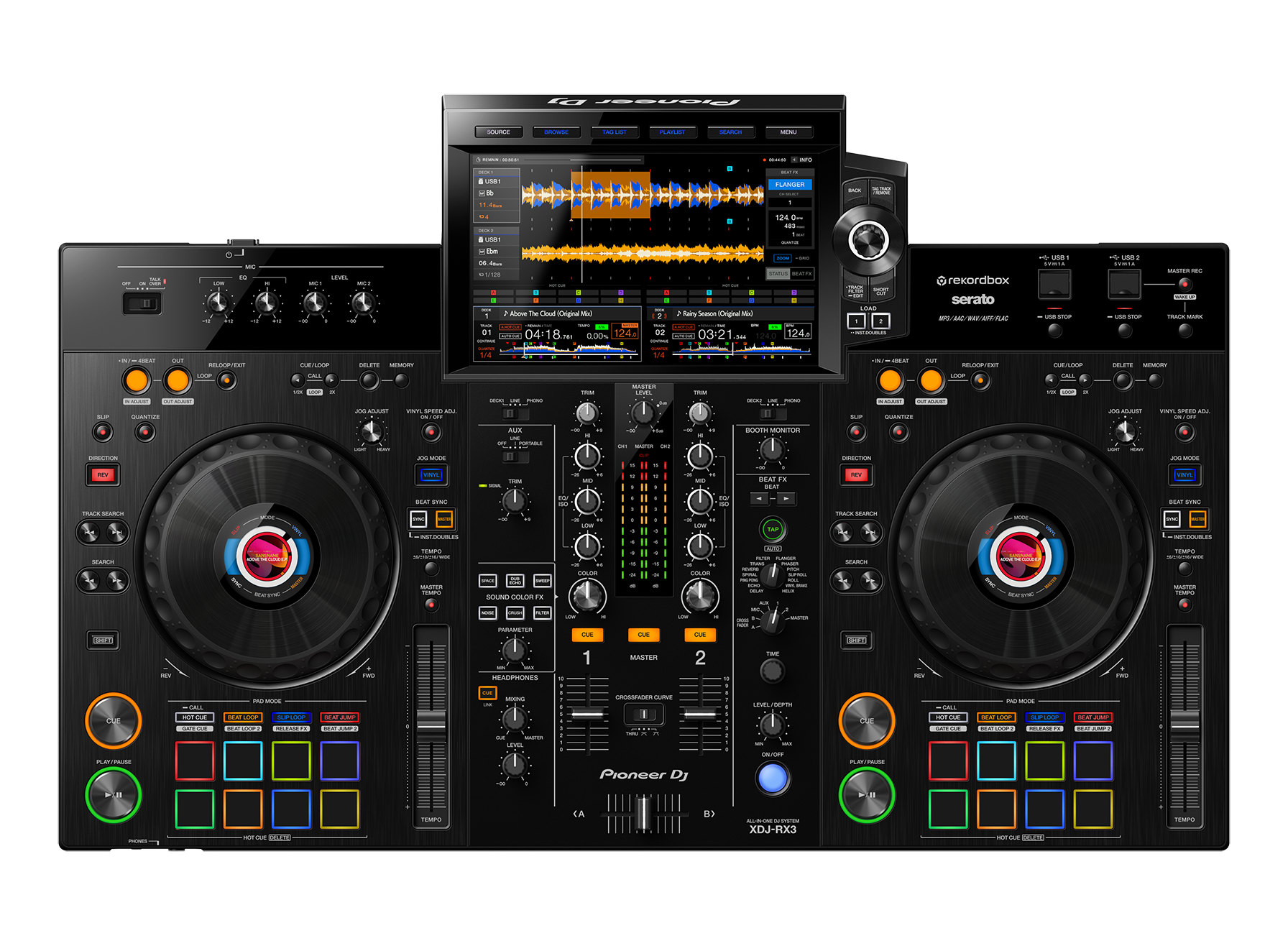
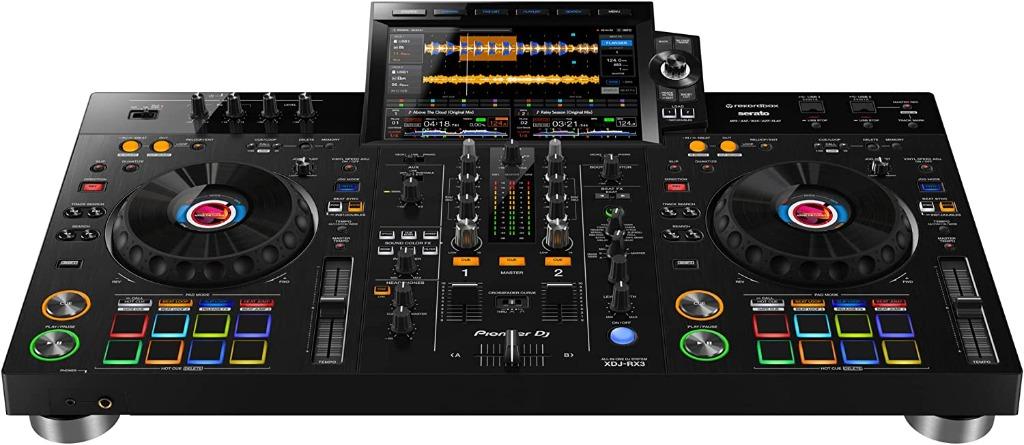
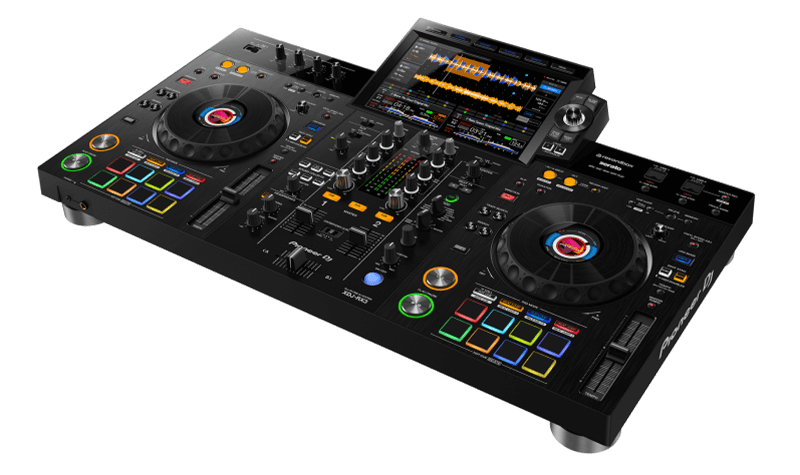

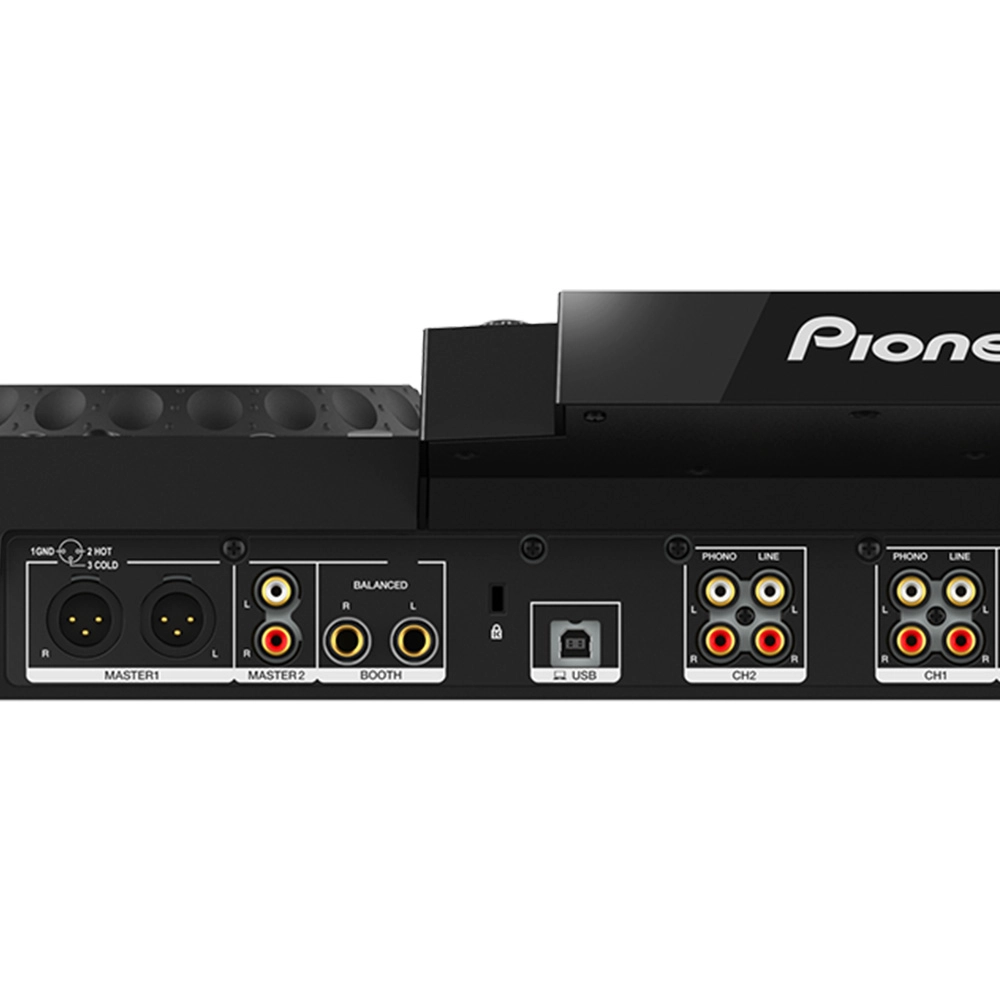

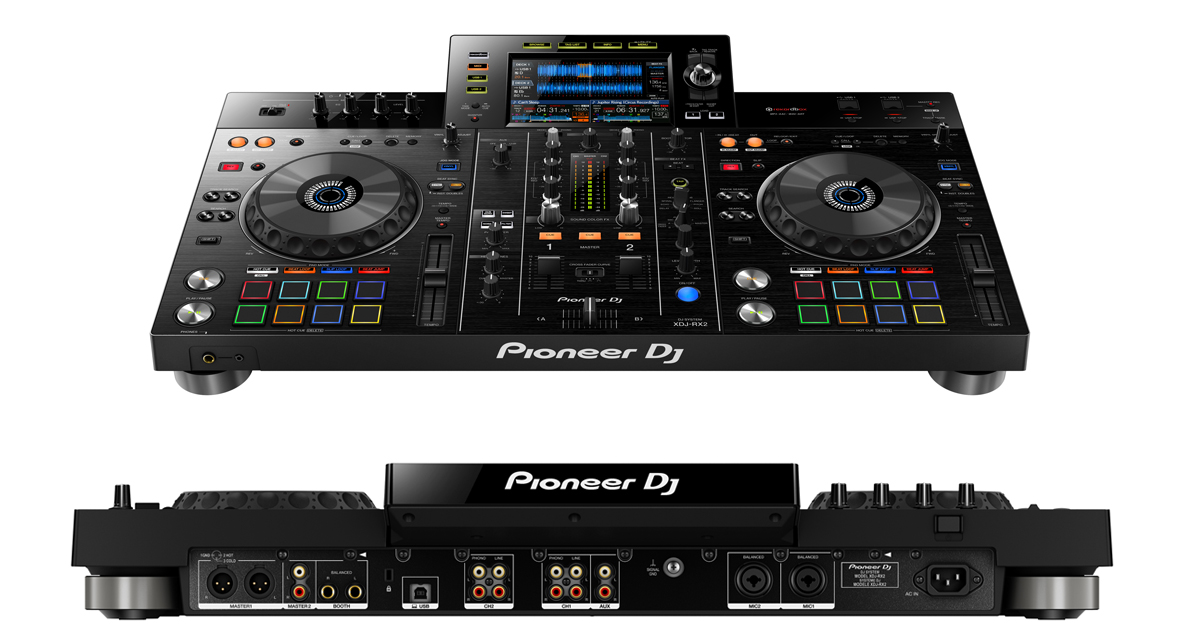
Comments